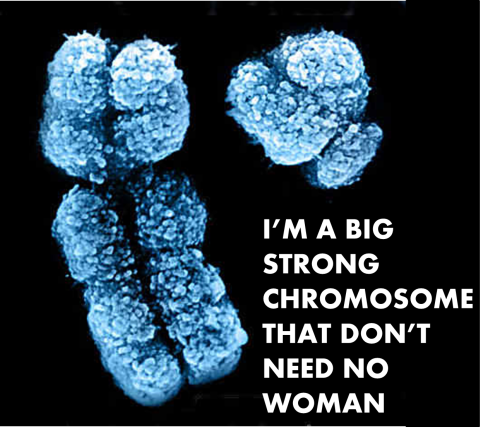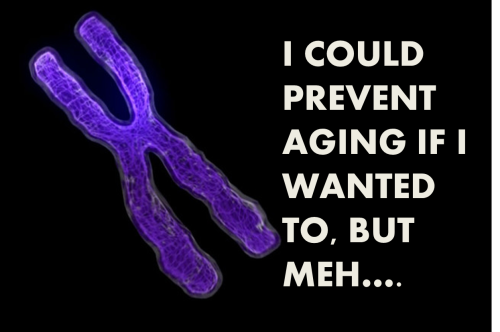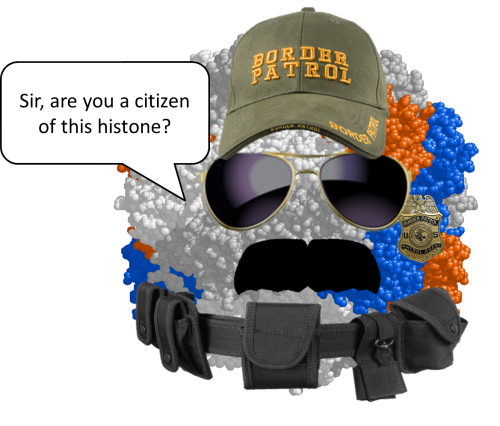If I were asked to give my two most valuable pieces of advice, they would be these: First, appreciate the near impossibility that you are alive. The atoms that make you have been through some shit; they’ve swirled as stardust, formed a hot molten planet (or crashed into one from elsewhere), boiled, compressed, and decayed to a point where they were incorporated into who-knows-what part of a who-knows-what number of a who-knows-what kind of strange prehistoric organism before they now make you, sitting comfortably at your computer marveling at my repeated usage of “who-knows-what”s. The other piece of advice? Never try to drink a beer without using your hands.
Without getting abundantly philosophical, you by all means shouldn’t exist. I ask that you, at least once daily, come to terms with this fact. Appreciate also that you can come to terms with anything at all, you big-brained multi-talented sculpture of evolution. Appreciate that other humans exist that can love you and carry out services to make you more comfortable. Appreciate pizza, because how did the universe create something so perfect?
Oh, and if you’re male, go ahead and appreciate that you exist. You theoretically should not.
In evolutionary terms, males are dispensable. The adaptive value of males is that they can mix up genes to create new combinations of traits on the off-chance that some of them can help prevent an untimely death, aid in making little ones, or allow one to be more comfortable overall. Males are gene donors. That’s basically it. Yeah, some males aid in parental care or perform tasks to aid group survival, but male uselessness is a common evolutionary motif. Male anglerfish are prime examples.
Gender in humans (along with a lot of other species) is determined by the identities of a pair of sex chromosomes contained in every cell. Both males and females possess one X chromosome, a large and gene-packed chromosome chock full of genetic goodies. Females have a pair of X chromosomes, one from the mother and one from the father. Males, however, have only one X chromosome, donated by the mother, and a shrimpy and scrawny Y chromosome donated from the father. X chromosomes contain some 2000 known genes, Y contains only 78. Bummer.
There’s a good reason why the Y chromosome is so scrawny: DNA damage is pretty common. Being so long and fragile, DNA can become knotted, coiled, unwrapped, kinked, looped, mutated, irradiated, copied wrong, fixed wrong, proofread wrong, chopped, sliced, chunked, choked, broken, inverted, doubled, misread, and misunderstood. Each of your cells possesses a SWAT team of enzymes that try to prevent these things from happening, but they’re not without error. Mistakes happen. So, because our cells possess 2 copies of each chromosome, when one becomes overly mangled, these enzymes can use the other as a template of instructions to repair the damage.
X chromosomes do this beautifully. These, in short, scan each X chromosome and check for inconsistencies, using one or the other to clear up any mismatches in DNA code. Two similar chromosomal regions can also “cross over”, exchanging segments of DNA that encode for roughly the same type of protein. Most of the time, crossing over is beneficial because it throws some genetic variety into the mix.

Crossing over is like holding hands, only after you’re done, your hands trade bodies. Good old nightmare fuel.
X and Y were once paired just as healthily as two X chromosomes are today: both were large, bountiful chromosomes that crossed over frequently and used each other as repair templates. About 300 million years ago, as reptiles and mammals diverged, a mutation caused the Y chromosome to take on more “manly” attributes, including the development of testes, sperm, different hormone production, etc. X and Y were now very different chromosomes. Crossing over ceased between them. Cellular machinery stopped using one to proofread the other. They became distinct and wary of the other. The X chromosome still had a healthy pair in females and could easily use one to keep the other functional, preserving the integrity of the chromosome.
Unfortunately, Y became a genetic desert island, left all by its lonesome with nothing to use as a spell checker in case things went very wrong with its code.
By this logic, many scientists think the Y chromosome should have been obliterated. With more and more DNA mutations accumulating, more and more of the chromosome was snipped away and discarded. To make matters worse, portions of the chromosome inverted themselves. Areas swapped information, mixing things up further. The Y chromosome was rapidly becoming giant mess. Eventually, removing all these errors caused Y to become tiny, almost biting the dust altogether and doing away with males entirely! But it’s still kicking even after 300 million years. With no partner to help proofread its DNA, how did the Y chromosome survive?
DNA and language share many things in common. Almost too many. One of them is that segments of information, called palindromes, can be read from left to right or right to left and read the same way: God, a red nugget, a fat egg under a dog! DNA contains palindromes too, and they can be long, sometimes hundreds of bases in length. The problem with DNA palindromes is that they are a liability; because bases like to chemically pair up with their counterparts, segments of independent DNA can stick together to form looped hairpins, derailing the important cellular machinery necessary for replicating, proofreading, and transcribing DNA into proteins.
Palindromes on two strands of DNA can join to form hairpin regions. These are bad. Imagine a train barreling down track shaped this way and you get the picture.
The Y chromosome in particular is full of palindromes. Normally, high palindrome density is a chromosomal death sentence. However, in the case of the Y chromosome, palindromes were a blessing. Because the Y chromosome had so much repeat information and no paired chromosome to proofread it, Y could use different segments of ITSELF to validate that the information on another segment was correct. Y chromosome palindromes kink together and use one strand to proofread the other, turning large segments of the chromosome into genetic hairpins. Because both are palindromes, one segment should read exactly the same as its folded-over counterpart. So, in a sense, the Y chromosome uses what’s normally a huge flaw as its primary means of keeping information correct.
As an added bonus, this method of palindrome proofreading can create new varieties in the DNA code akin to crossing over in X chromosomes. When one strand is damaged, the enzymes responsible for repairing it can’t distinguish the damaged strand from the undamaged one. All it can do is discriminate one from the other. Therefore, it has to guess which of the two sides needs fixing. Often, this can cause the undamaged segments of DNA to take on the information of the damaged counterpart, creating new combinations of DNA code to form. While this could possibly ruin the genetic meaning of the original, it also presents an opportunity for new traits to become expressed on the ever-changing Y chromosome.

Self-repairing Y chromosome palindromes at work. This is something I’ll surely bring up at the table come Thanksgiving.
I cannot over-emphasize how important palindromes are to the sustainability of the Y chromosome. Without this ingenious little method, human history would have played out very differently. So, while palindromes can be a fun way to parody a Bob Dylan tune, be thankful that they also keep you healthy and keep your identity in check. Add that to your list of things to appreciate.
A special thanks to Sam Kean, whose book “The Violinist’s Thumb” encouraged me to write this article. It’s a fantastic read, I highly suggest it.
For more information:
http://www.hindawi.com/journals/ijeb/2012/207958/






